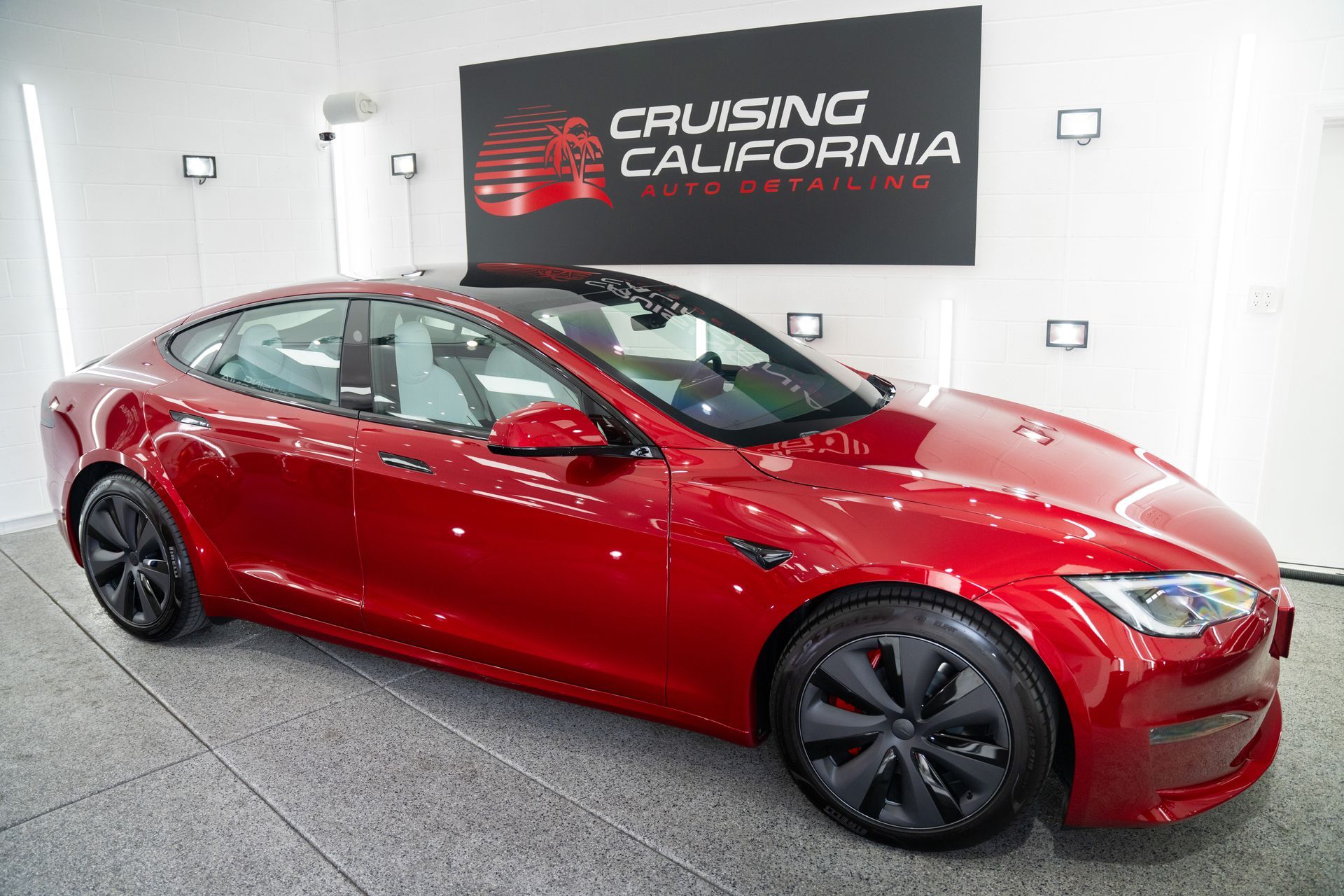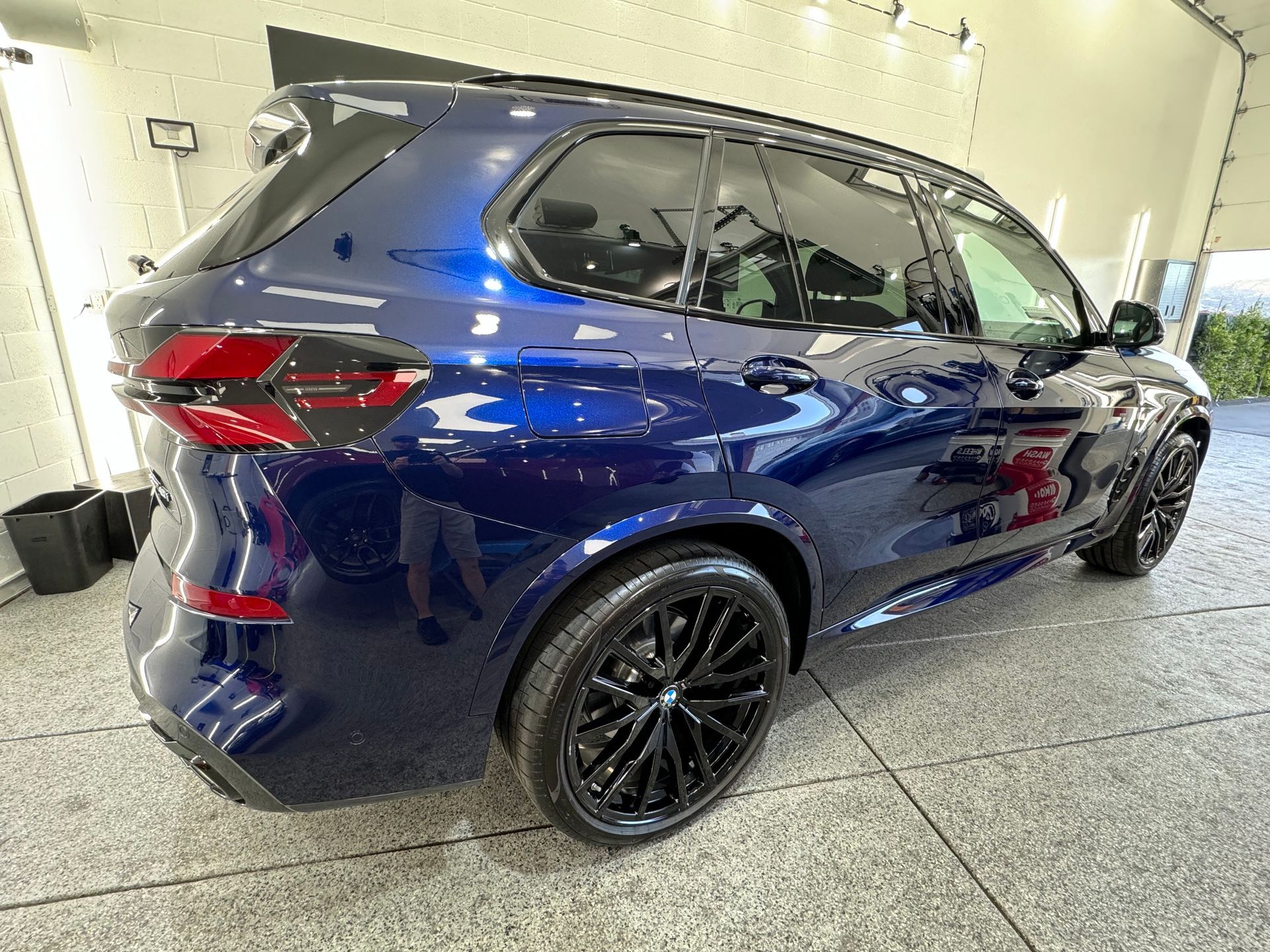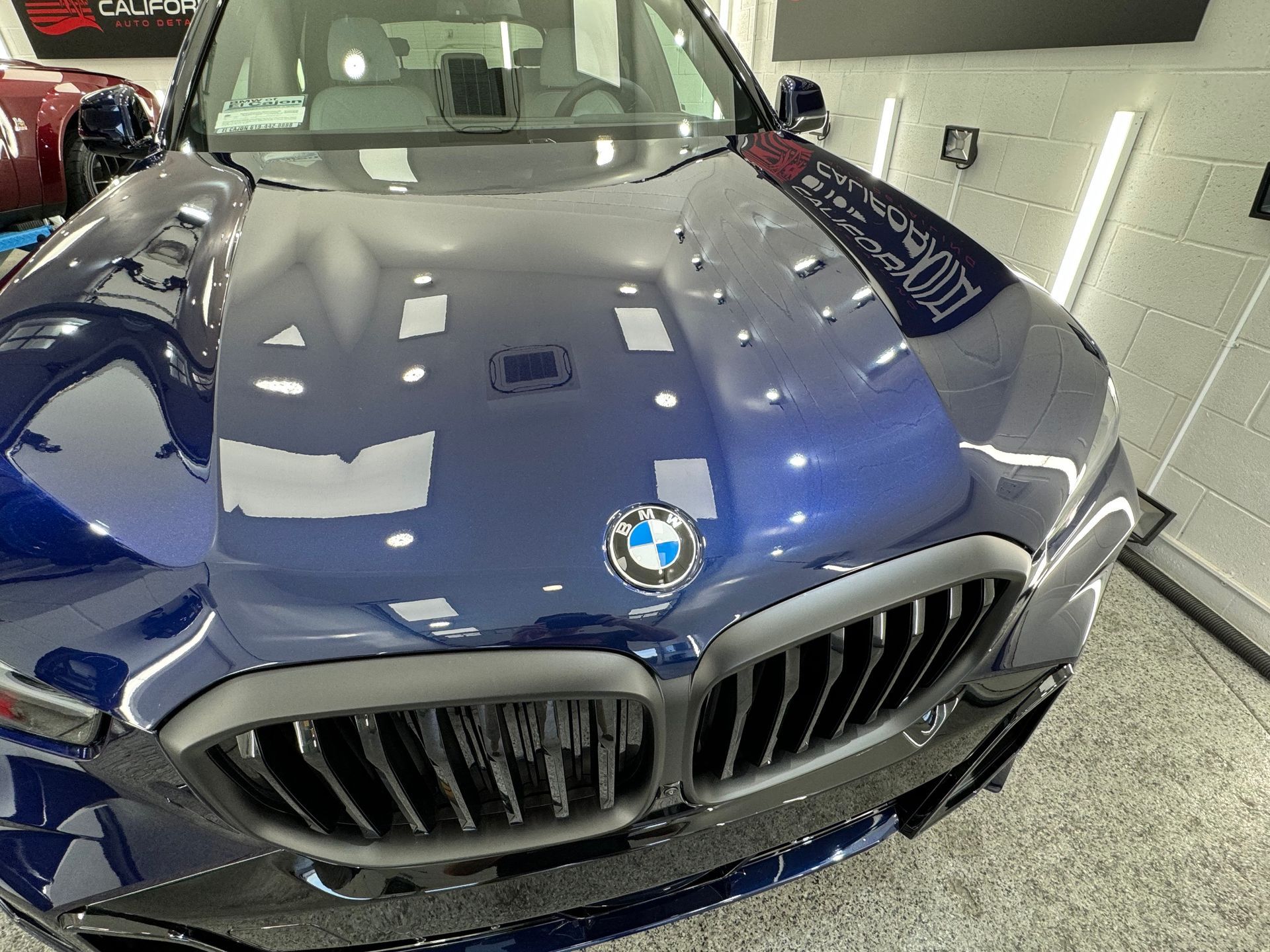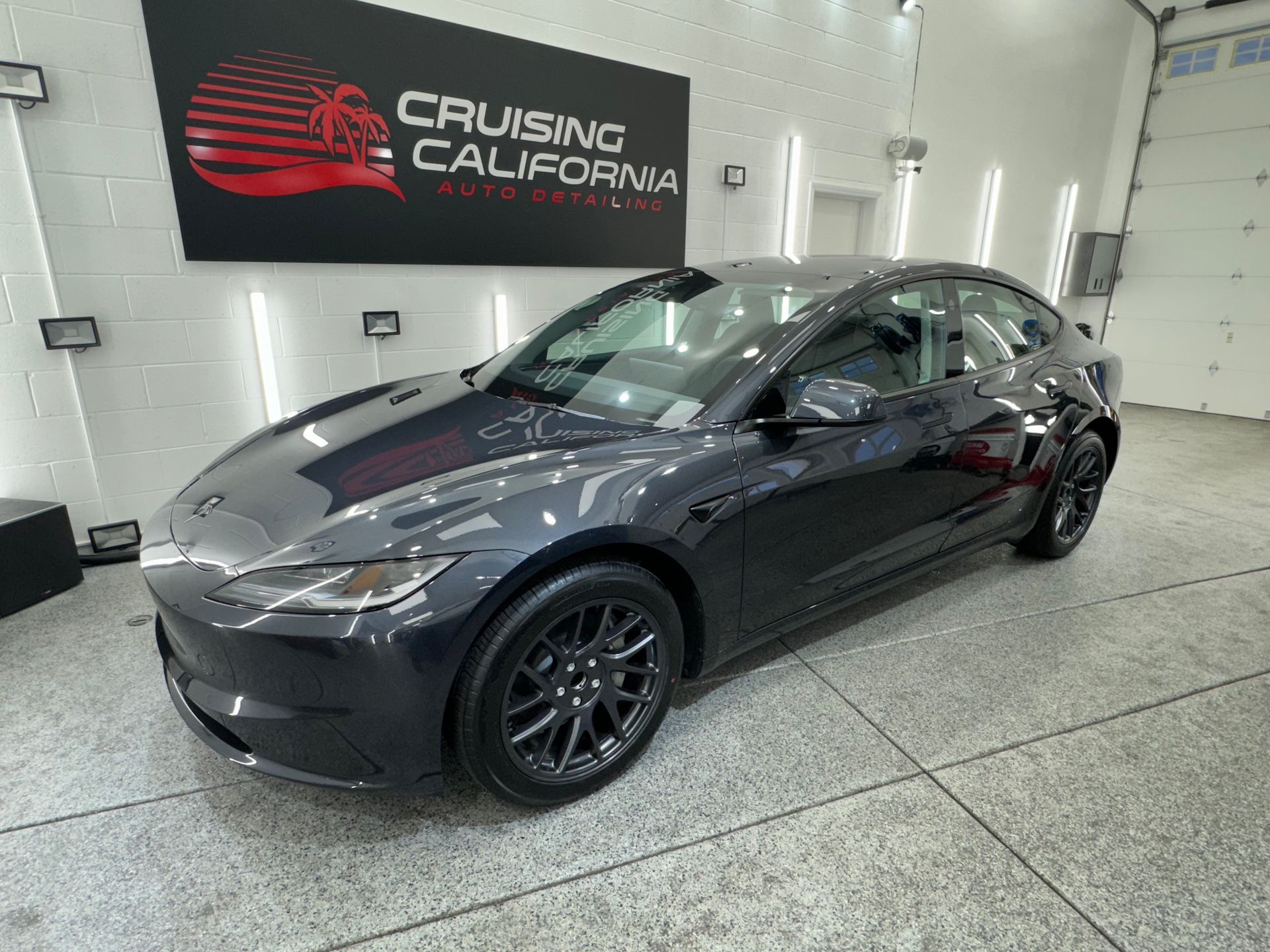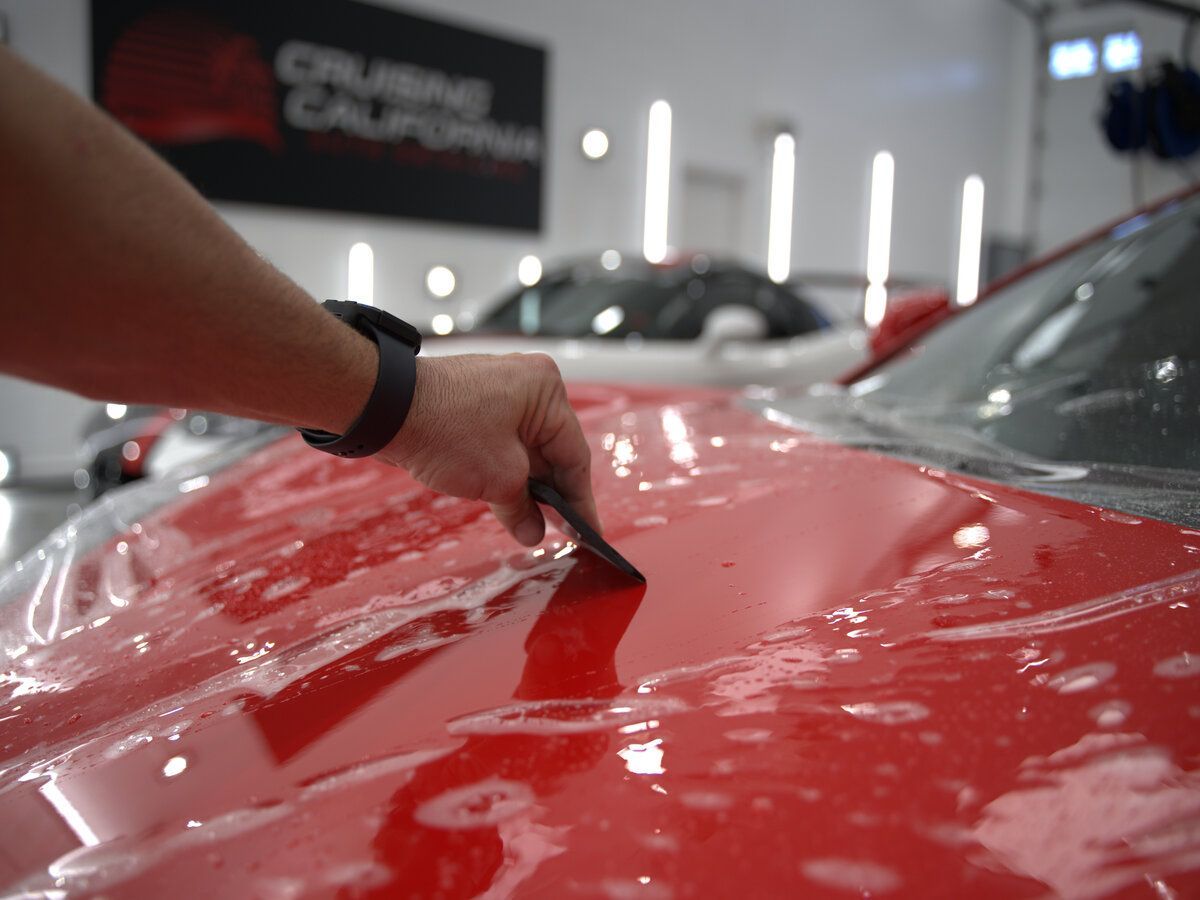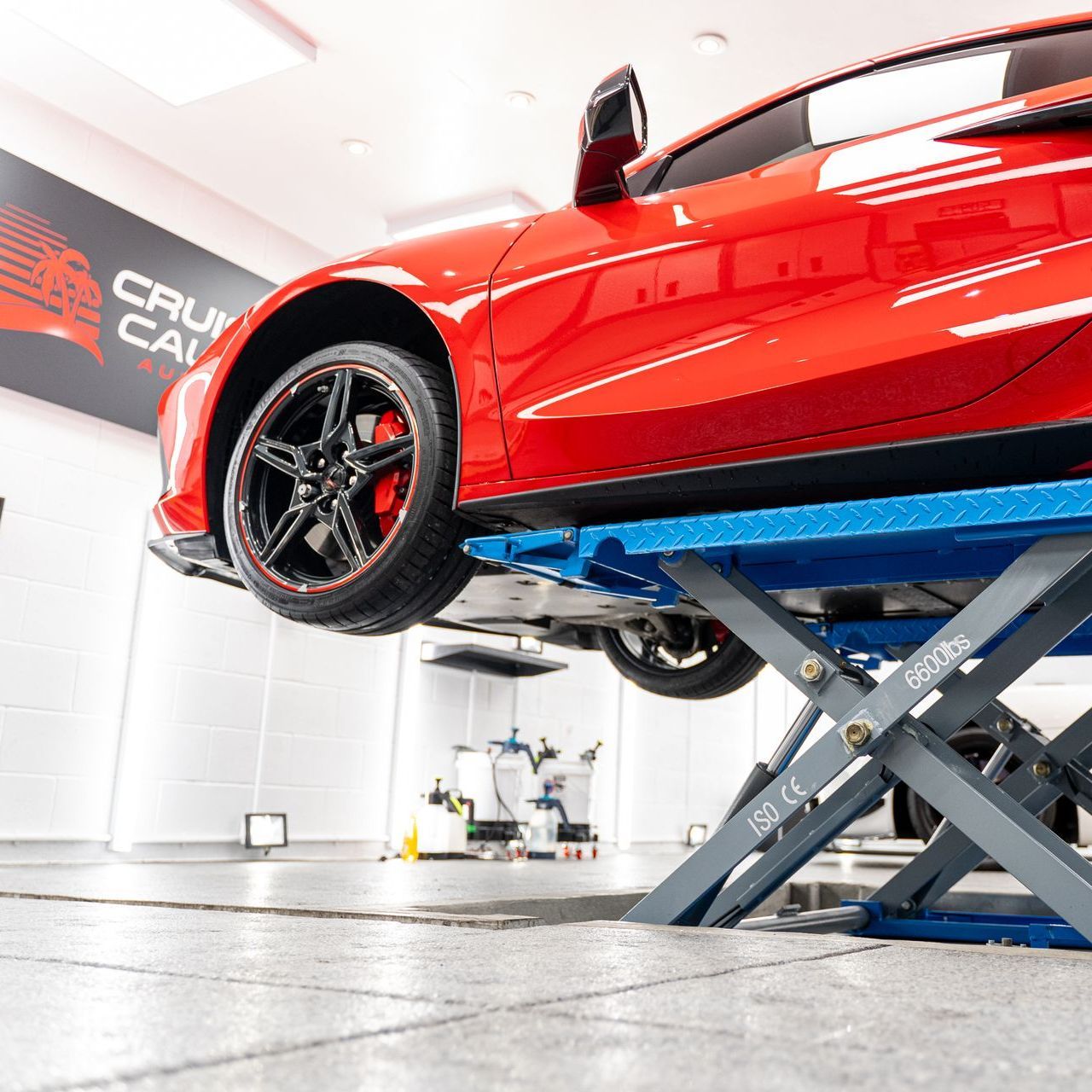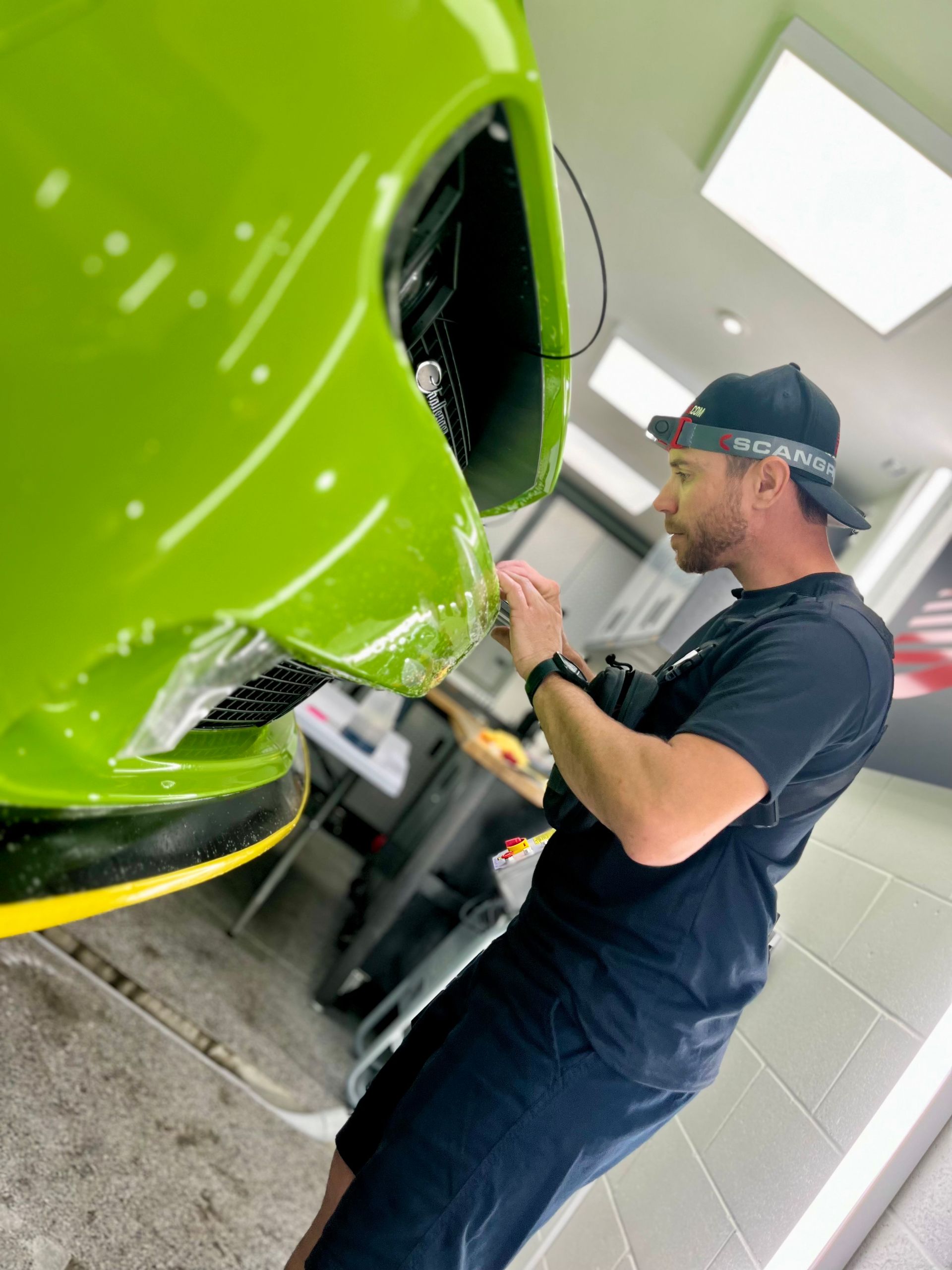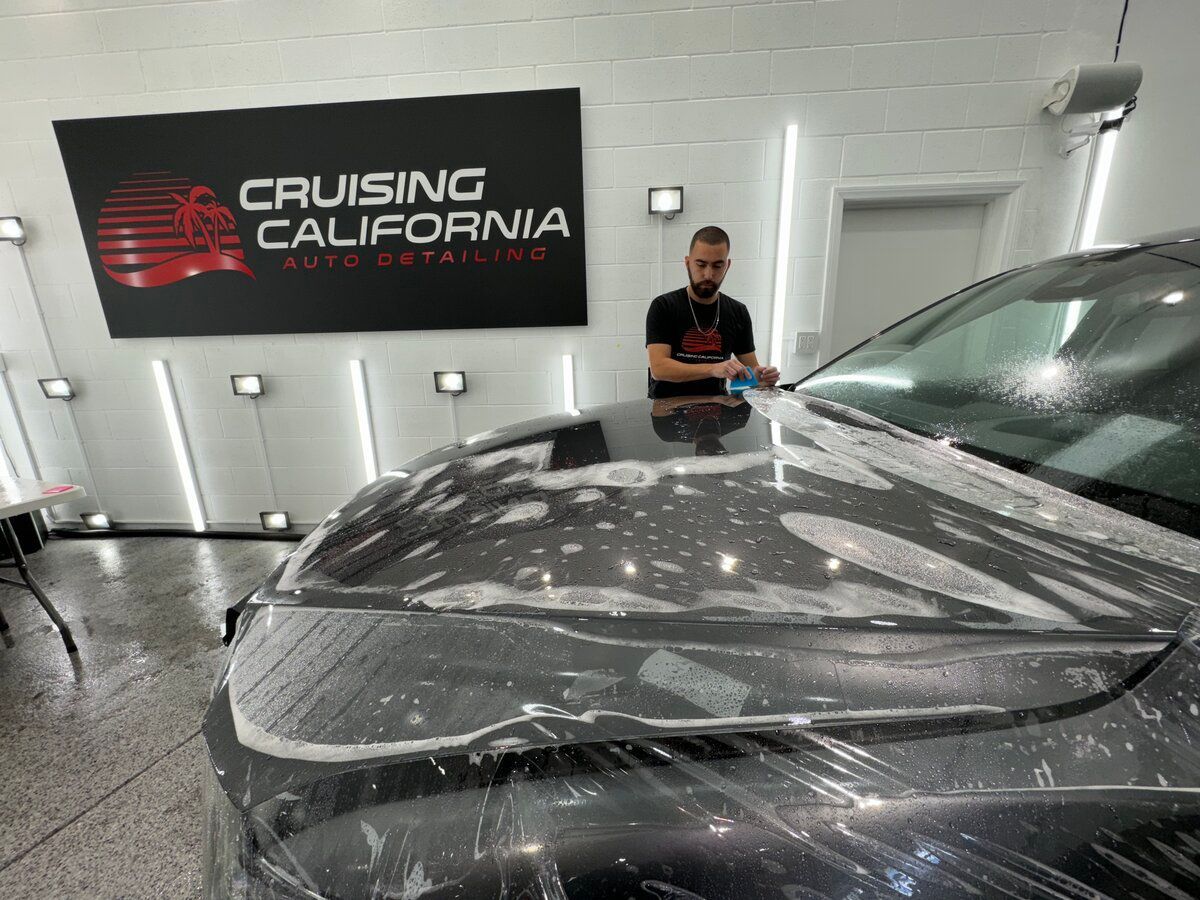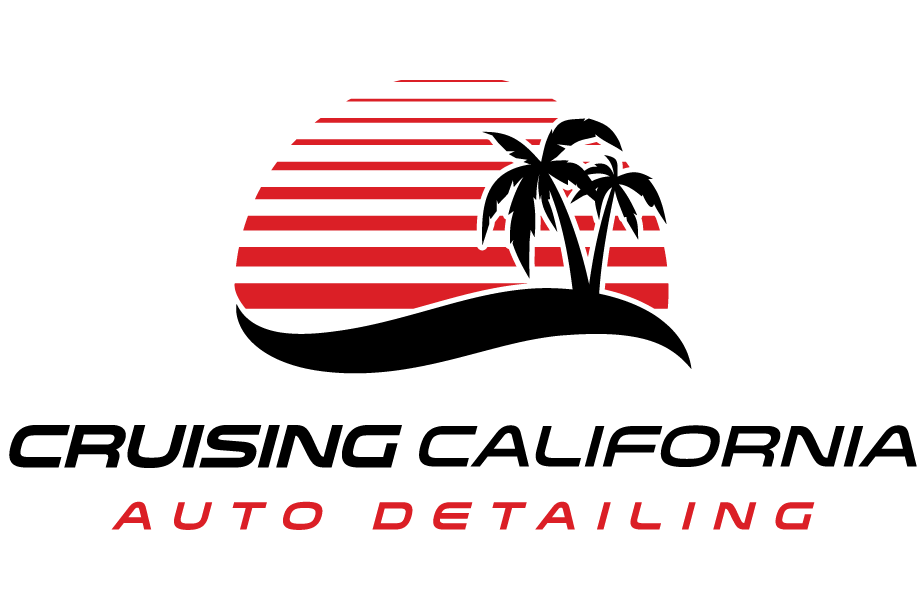When it comes to vehicle protection, traditional waxing may no longer suffice. High-quality ceramic coatings have become a preferred choice among car enthusiasts and daily drivers for their superior durability and lasting gloss. These advanced coatings offer robust defense against UV rays and environmental contaminants, helping to maintain your vehicle’s appearance over time.
A high-quality ceramic coating formulation typically includes key ingredients such as Silicon Dioxide (SiO₂) for enhanced surface hardness, Titanium Dioxide (TiO₂) for UV protection, and polysiloxanes to ensure effective adhesion. Additionally, solvents are used during application to achieve an even finish before evaporating to leave behind a protective layer.
Ceramic Coating Components
- Silicon Dioxide (SiO2): This remarkable compound forms a glass-like protective layer over surfaces, boasting impressive strength that helps preserve and enhance the appearance of your vehicle’s paint. High-quality formulations might include up to 85% SiO₂, significantly enhancing resistance to environmental contaminants. Think of it like armor for your vehicle’s paint job, providing a tough barrier against typical damage from weather elements, dirt, and debris.
- Titanium Dioxide (TiO₂): TiO₂ not only adds to durability but also imparts transparency, allowing the original color of the vehicle's paint to shine through flawlessly. Additionally, it provides excellent UV protection, preventing fading and oxidation over time. Imagine driving under the bright sun; with effective TiO₂ protection, your car’s paint remains vibrant and lively rather than dull and worn.
- Polysiloxanes: These silicone-based compounds function as binders, playing a crucial role in ensuring that the ceramic coating adheres effectively to various surfaces. Their flexibility and excellent adhesion characteristics directly contribute to the longevity and performance you’d expect from a premium coating. Without these polysiloxanes, your hard-earned investment could peel or flake away at inconvenient times, reducing its overall effectiveness.
- Solvents: These liquids might initially seem incidental, but they are pivotal during application. Solvents help achieve a smooth and even spread of the coating when applying it to your vehicle's surface. Once applied and properly set, they evaporate to leave behind a solid bonding layer that emphasizes durability. Without solvents, you'd struggle with streaks and uneven patches—a frustrating experience no one wants while trying to protect their car.
The importance of these components cannot be overstated; they collectively work together to provide an exceptional shield against life's challenges.
Key Features of High-Quality Coatings
High-quality ceramic coatings are more than just a shiny finish on your vehicle; they offer a range of features that deliver lasting benefits. One standout feature is their impressive hardness rating, which typically falls between 7H and 9H—an indicator of their durability under regular use. This resilience plays a key role in maintaining a vehicle’s appearance over time. Additionally, hydrophobic properties are a hallmark of quality ceramic coatings. These coatings effectively repel water, creating a self-cleaning effect that minimizes dirt build-up and helps keep your vehicle looking pristine. As rain or water from a garden hose hits the surface, it beads up and rolls away, carrying dirt and grime with it. This process not only simplifies routine maintenance but also helps protect the paint from harsh contaminants like bird droppings or tree sap.
The chemical resistance of high-quality ceramic coatings further enhances their protective capabilities. They provide an effective barrier against acids, alkalis, and other environmental pollutants, preventing stains and corrosion that can lead to more severe damage down the line. Imagine the difference these coatings can make when you consider how many substances your car's exterior comes into contact with daily, from road salt in winter to UV rays that can cause fading. While some may argue that durability is the paramount feature of a ceramic coating, it's essential to acknowledge that other factors such as ease of application and hydrophobicity, also play crucial roles in user satisfaction. If a product is difficult to apply or doesn't perform well in terms of water beading, users may not experience its full benefits. Hence, while durability is undeniably vital, it should not overshadow the overall usability of the product.
Protective Mechanisms and Benefits
Ceramic coatings have quickly become a go-to solution for car owners seeking long-lasting protection and ease of maintenance. Far from being just a cosmetic upgrade, these coatings offer a multi-faceted defense system for your vehicle. From superior hardness to chemical resistance, ceramic coatings enhance both the longevity and appearance of your car. Below are the key benefits that make them a worthwhile investment:
- Durability and Surface Protection: One of the most notable advantages of ceramic coatings is their exceptional hardness. When properly applied, they can achieve a pencil hardness rating of up to 9H—among the highest in the industry. This means your vehicle receives a robust layer of protection that significantly reduces the impact of everyday environmental hazards such as road debris, pollen, dust, and light contact from objects like shopping carts. It provides peace of mind for drivers who frequently park in public places or commute daily, as the coating acts as a dependable buffer between your car’s surface and the outside world. This enhanced surface integrity plays a major role in preserving your car's aesthetic value and extends the lifespan of your factory paint.
- Hydrophobic Properties for a Cleaner Vehicle: A standout feature of ceramic coatings is their hydrophobic nature, which causes water to bead and roll off effortlessly. These coatings typically produce contact angles between 100° and 120°, creating a highly resistant surface to water retention. This minimizes the appearance of water spots and reduces the amount of dirt, mud, and other contaminants that stick to the surface. After a rainfall or even a light rinse, the coating allows water to carry away debris rather than letting it cling to the paint. For car owners, this means fewer washes, a consistently clean look, and less effort spent on maintenance—without compromising results.
- Ease of Maintenance and Long-Term Cost Savings: Because ceramic coatings create a slick, non-stick surface, maintenance becomes significantly more manageable. Routine washing becomes faster and easier, as contaminants don’t adhere as easily to the treated surface. This also means fewer visits to professional detailers and less reliance on harsh cleaning chemicals. Over time, the reduced need for frequent detailing appointments and product reapplications translates to considerable cost savings. Additionally, the vehicle retains a just-detailed appearance with minimal upkeep, allowing you to enjoy a polished look with less hassle.
Understanding these protective properties points out the importance of using quality ceramic coatings—navigating the crowded market is essential for maximizing these benefits.
Emerging Innovations and Future Trends
Advancements in nanotechnology are truly revolutionizing the way ceramic coatings are formulated and applied. The current trend focuses on creating coatings with smaller particles, which enable smoother application and significantly enhance durability. These advanced formulations are designed to better withstand daily wear while preserving the vehicle’s aesthetic appeal over time.
Nanotechnology
When nano-sized particles are used in ceramic coatings, they connect more effectively with the surface and create a dense layer that repels contaminants. This means your vehicle will stay cleaner longer, reducing the need for frequent washes. Picture this: a coated surface that beads water beautifully while dirt slides off easily—this is the magic of nanotechnology at work.
Self-Healing Coatings
The potential development of self-healing ceramic coatings presents an exciting advancement in surface protection technology. These next-generation coatings may incorporate microcapsules containing healing agents that activate upon impact, chemically responding to fill in minor surface imperfections. Such innovation could significantly extend the functional lifespan of the coating and redefine maintenance standards, preserving a vehicle's showroom-quality appearance with minimal ongoing effort.
Environmental Considerations
As society continues to grapple with environmental issues, there’s increasing pressure for industries to adopt eco-friendly practices. The ceramic coating sector is likely to adapt by producing formulations that significantly cut down on harmful solvent emissions without sacrificing performance. This implies that consumers can experience superior protection while simultaneously promoting environmental sustainability—a mutually beneficial outcome.
Embracing these innovations will not only enhance the longevity and effectiveness of ceramic coatings but also align with growing consumer values around sustainability and quality. Staying informed about these trends will empower you to make smarter choices when selecting coatings that effectively protect your vehicles or surfaces from harsh elements. Keeping a watch on these advancements in the rapidly evolving ceramic coatings landscape ensures you invest wisely in durable solutions for your automotive or industrial needs.
Ceramic Coating Excellence in El Cajon, CA
Ready to protect your vehicle with a finish that lasts? At CCA Detailing & Ceramic Coating | PPF in El Cajon, CA, we specialize in premium ceramic coating services designed to enhance gloss, reduce maintenance, and guard against harsh elements. Whether you're driving under the sun or navigating daily commutes, our expert team ensures your car stays cleaner, shinier, and better protected over time. Book your appointment today and experience the difference true surface protection makes!

